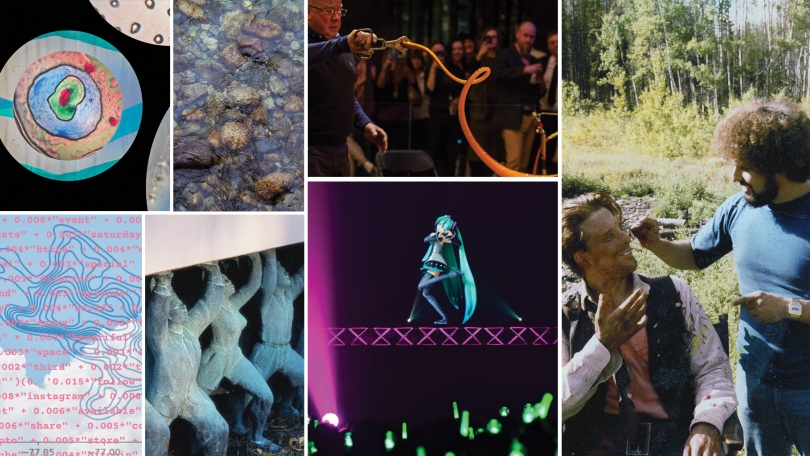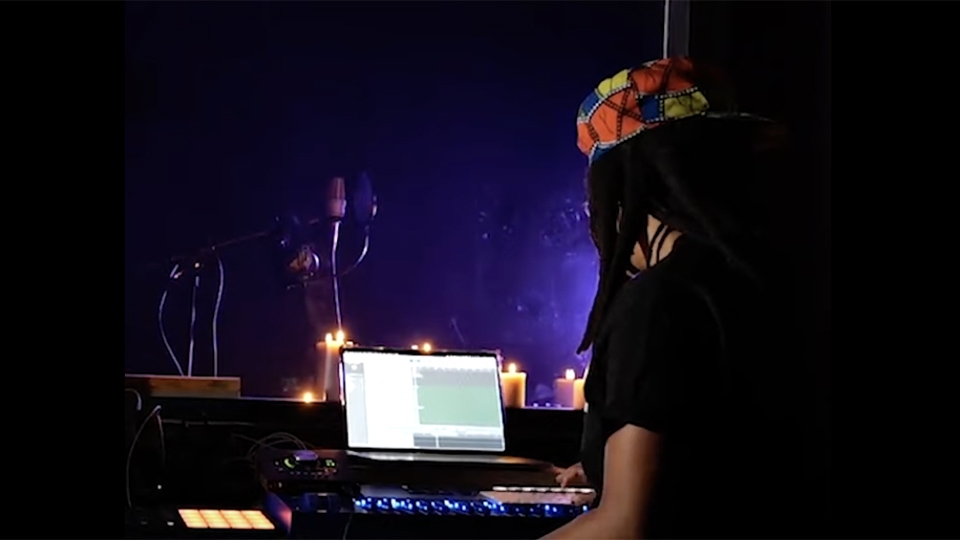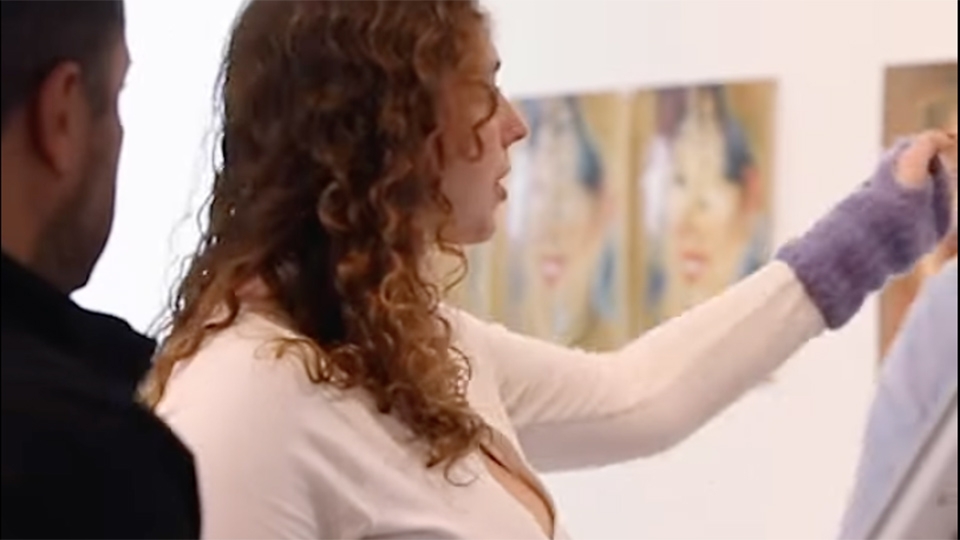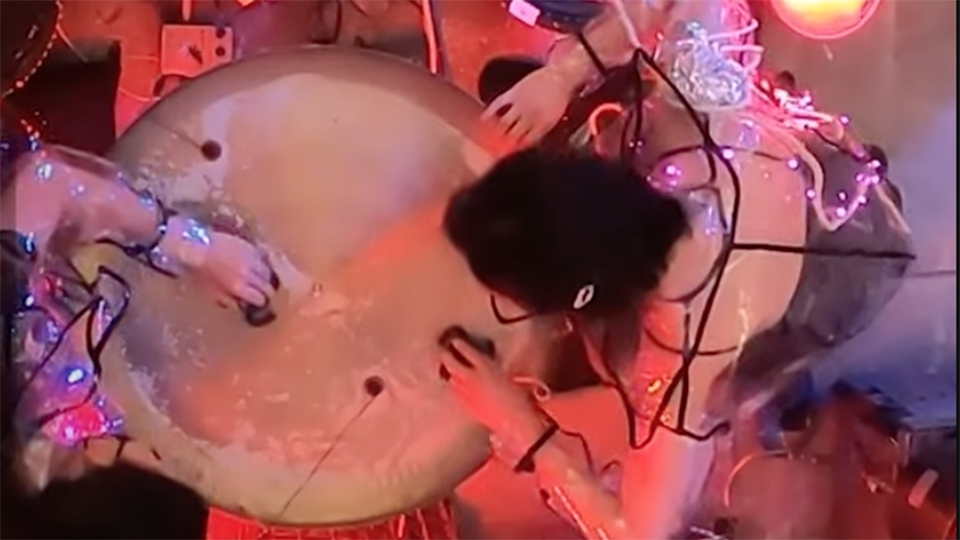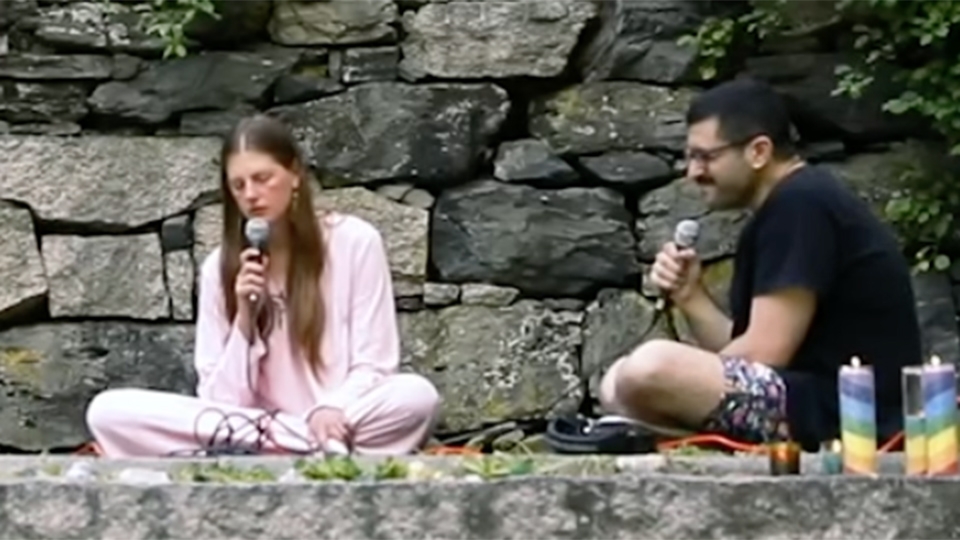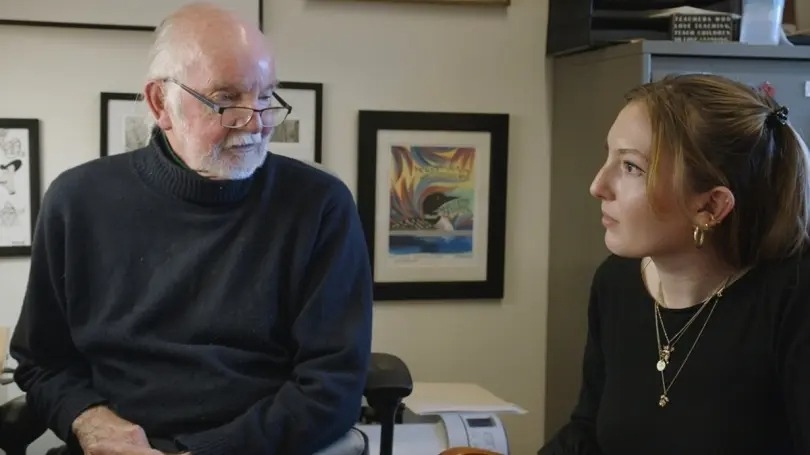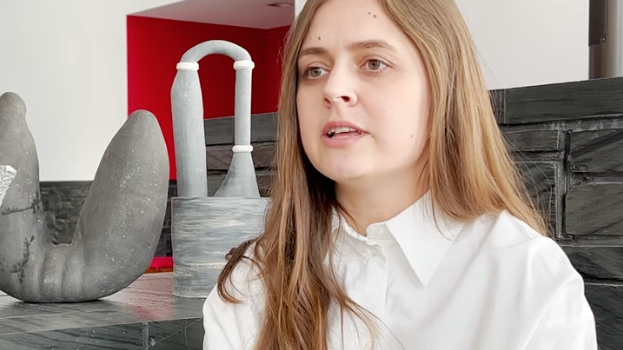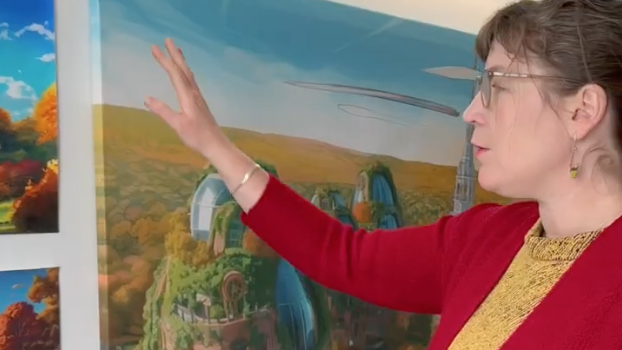An initiative to support arts-centric research, incubate interdisciplinary projects and advance faculty-student mentorship.
Now entering its fifth year, the Arts Integration Grant Program has launched 43 projects from faculty, undergraduates and graduate students across the college. These innovative projects, and the teams and individuals leading them, are forging deep interdisciplinary inquiry and collaboration at Dartmouth, reaching across silos, and integrating the arts into the core of research and learning on campus. The Hopkins Center reopens this fall with Arts Integration as a cornerstone of its identity and programming, and interdisciplinarity as a beacon of welcome.
The Hopkins Center and the Vice Provost for Research invite applications for grants supporting arts-integrative research projects. Projects must be interdisciplinary in nature with an arts discipline at the core. Other disciplines to be included in a particular project can be wide-ranging, from STEM fields to humanities and social sciences.
Applications are due by 11:59 pm on November 30, 2025; selected applicants will be notified before the start of winter term.
For questions about the Arts Integration Initiative, please contact samantha.c.lazar@dartmouth.edu.
2025 Projects
In the 2024/25 round of the initiative, launched by the Hop and the Vice Provost for Research with funding from the Office of the Provost, approximately $100,000 was awarded to four faculty-led and six student-led projects following threads from wellness, medicine, business, digital humanities, studio art, geography, music, VR and film.
Art, Business and Soft Power
Chad Elias, Associate Professor, Department of Art History | Sunglim Kim, Associate Professor, Department of Art History, Department of Asian Societies, Cultures and Languages
How do cultural narratives and market forces shape one another in the art world? Through interviews with key figures in New York and Seoul, this project will examine how art gains symbolic and economic value in galleries and fairs, and the influence of corporate sponsorship on artistic production and accessibility.
Bronzed: A History of Makeup, Hair and Race in Hollywood
Desiree Garcia, Associate Professor and Chair, Department of Latin American, Latino, & Caribbean Studies
An interdisciplinary research project and videographic essay about race, labor and the film industry in the post-Civil Rights era. Conducting dozens of oral histories with makeup artists and hairstylists of color who entered the studios in the late 1960s onward, Bronzed documents the experiences of minoritized workers in the industry and reveals the ways that the crafts of makeup and hair are intrinsically tied to the creation of race onscreen.
Medical Misogynoir: Graphic Medicine as a Tool to Raise Awareness of Medical Misogynoir Across Three Centuries in the US
Shontay Delalue, Senior Vice President and Senior Diversity Officer | Vinald Francis, Biomedical Illustrator and Graphic Medicine Artist, Geisel School of Medicine
This project highlights historic and contemporary narratives of the medical mistreatment of Black women by adapting real life accounts of Anarcha, Lucy and Betsey; the Relf sisters; and Serena Williams. It combines art, history and public health to address the intersection of racism and misogyny in healthcare with the goal of fostering dialogue on the impact of centuries-long exploitation based on race and gender.
Quilting for Resilience: Stitching Together Stories of Mutual Aid from Vermont's Floods
Sarah Kelly, Research Scientist in the Energy Justice Clinic at the Irving Institute for Energy & Society and a Lecturer in the Geography Department | Aletha Spang, GIS Specialist, Department of Geography | Charis Boke, Lecturer, Department of Anthropology
In the aftermath of Vermont's 2023 floods, this project helps support community resilience by combining participatory art and mapping. Through collaborative quilting, the project will engage community members in the Black River Watershed and Dartmouth College in visualizing social relationships and mutual aid efforts that were vital for flood recovery. This work will reveal the social and spatial patterns of disaster response in rural areas, helping to inform future mitigation efforts and strengthen community networks.
Vicarious
Luke Cargill GR, Master of Science in Computer Science with Concentration in Digital Arts
An interactive hologram performance that enables anyone in a crowd to feel like a superstar. Crowd data, whether collected through a pre-concert survey, cameras, or on-site sensors, transforms the onstage performance to reflect the unique qualities and actions of crowd members. The holographic pop star becomes a digital stage persona for the people to vicariously shine through.
Living Interpretations: A Digital Exploration of Ambiguity in Art
Clara Sava-Segal GR, PhD in Cognitive Neuroscience | Emily Finn, Assistant Professor, Department of Psychological and Brain Sciences | Georgia Nieh '27 | Neely McNulty, Curator of Education, Hood Museum of Art
How does ambiguity influence human perception? Using the Hood's in-house "ArtLibs" platform, visitors to the museum will share their interpretations of selected artwork. These interpretations will serve to both answer psychological questions and to create a living, breathing digital art piece that highlights how diverse experiences may lead to diverging interpretations of the same piece of art.
Under the Moving Skin: e-textile wearables for the Performing Arts
Ivy Fu GR, MFA in Sonic Practice
E-textile (electronic textile) are conductive soft materials connecting electronic parts like sensors, motors and LEDs. This project will initiate conversations between time-based performance and studio art practices via hyper-sensitive e-textile wearables, softening the boundaries separating body, technology and sensuality. The project empowers the rituals, myth making and world building of improvisational performance arts through the mobility of interactive wearable sculptures that resonate with the performer's embodied intuitions.
Cyber Folksongs for Digital Nomads: A Sound Ethnography
Hermia Miaoxuan Huang '26
This project explores why people become digital nomads—whether seeking economic opportunities abroad, escaping personal trauma or pursuing freedom. Integrating digital humanities methods and musical composition, Cyber Folksongs for Digital Nomads will culminate in a performance blending data patterns, interview excerpts and original music. The project aims to examine both the emotional experiences and structural patterns of this emerging global mobility phenomenon.
Visualizing Vermont Flooding: Mapping the White River with Drone Media
Hayden Miller '25
Extreme flooding has become increasingly prominent in Vermont, affecting the state both socially and ecologically. To understand the impacts of flooding and to share the ecological beauty of Vermont's rivers, this project will create the first ultra high-resolution map of the entire length of the White River. Through an interactive online map, a multimedia display and a collection of high-resolution photographs, this project will provide important insight into Vermont's unprecedented flooding from a new, aerial perspective.
DROP
Malik Terrab '25 | Peyton Bond '24, Intern, Department of Studio Art
DROP is an immersive experience that transforms participants into a single water droplet flowing through cycles of time and existence. From evaporation to condensation, precipitation to runoff, and the diverse human interventions in between, DROP thoughtfully guides users through the intricate systems that sustain life on Earth. Utilizing a wide range of mediums including 35mm film, stop-motion animation, 3D modeling, and more DROP offers a fresh perspective on the environment and our role within it. Through this innovative journey, participants not only observe but also become active parts of the environment, witnessing firsthand the delicate balance of nature and the profound challenges it faces in the age of climate change.
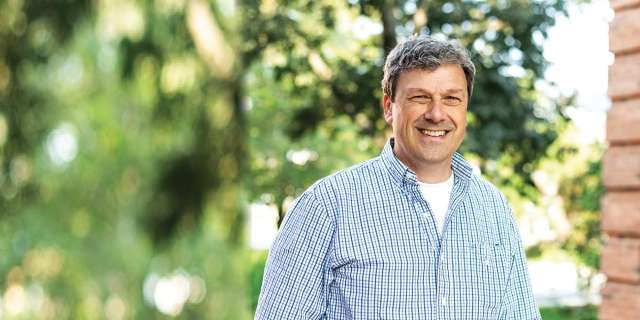
Arts at the Core
These awards represent Dartmouth at its interdisciplinary best. The breadth and creativity of the application were amazing and confirmed the transformative potential of this initiative. Dean Madden, Vice Provost for Research for Dartmouth College
